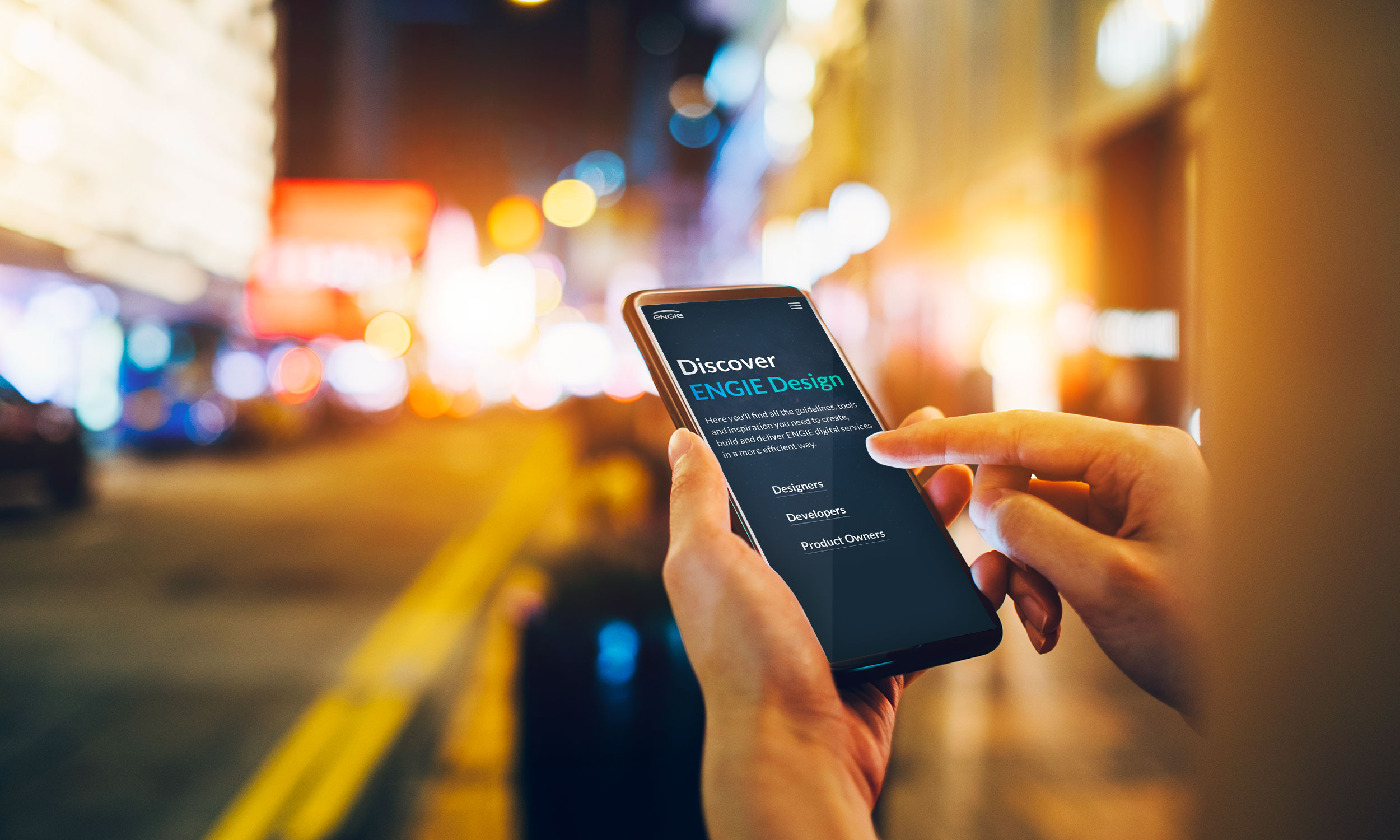Deliver
The deliver phase is the transition from a validated and viable prototype to the operational product that offer expected experience, ready to the market. Deliver is still all about iterations. Your product will get better anytime it is used by users as you will know how to improve it.

Objectives
- Actually, build your product turning your prototype into a real experience
- Work with specialized developers to create the best user experience
- Prepare and launch your project on the market
- Measure, learn and iterate
Tools and methods you'll need and why
The way we do it at ENGIE
At ENGIE, design is an integral part of the product creation and development process of our products. Designers are present all along the development cycles.
We use the UX prototypes as a unified language for communication between product stakeholders even during the development iterations – A picture paints a thousand words.
We make both design and development process consistent by using a unique design language from the beginning. It simplifies the synchronization between developers and a corresponding front-end framework.
Designers are part of implementation – they are present in all the project rituals. But it's not always possible to be here even for dailies meeting etc. As minimal contribution, they should be here for demos, PI plannings etc.
As designers are a part of the team they could (often) be physically presents in the product team space.
Pay attention to the global company design assets (like the design system) to be compliant to company strategy and reuse already developed code and design assets.
Create user feedback loops – create rituals to talk to your users, to get their feedback and to update your product respectively.
Measure the success of your project - KPIs/KEIs are essential for the client and key internal stakeholders to measure the success of projects and understand what is and isn't working. KPIs/KEIs can be used to evaluate both specific moments (e.g., customer satisfaction in specific phases of a user journey) and aggregate outcomes of initiatives (customer retention rate for a particular product department), as well as trends over time and key connection points.


How to test at this stage
Here is the beginning of the new and real life of your product, if you promised it to a long and happy life, define user feedback loops! Work with designers to do that. Some products propose to users to choose future features, some products launch systematic enquiry to know the user satisfaction level. Don't limit yourself to only one area or a customer segment, look further to gather information at every opportunity possible.
This is the opportunity to be innovative in the feedback loop definition – try to make something more surprising that a traditional survey.
But when it's done, it is only the beginning, because you have to learn from the feedback, and especially act, and even be ready to kill your product or pivot.